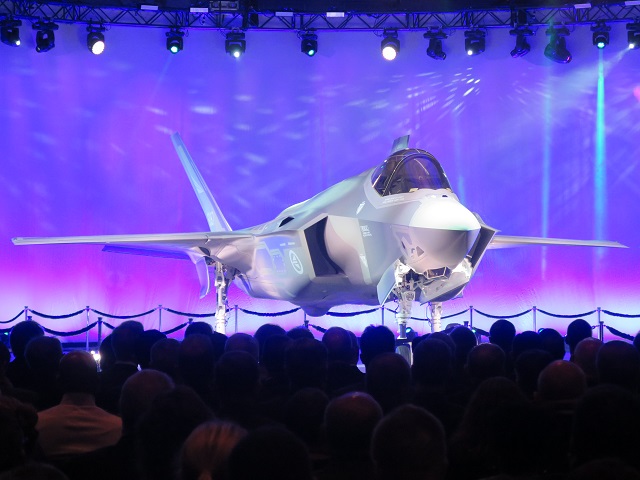A two-year budget deal in the USA coupled with growing global instability could see defence revenues jump by 2.7% in 2016, breaking a five-year decline, according to forecasters at Deloitte.
The sombre security outlook is driving governments worldwide to beef up their militaries, with forecasters noting an increase in demand for munitions and light attack and surveillance aircraft from aerospace manufacturers.
The turnaround is driven partly by a $13 billion uptick in US military spending, with Congress approving more than $570 billion for the Department of Defense (DOD) for fiscal 2016.
The United Arab Emirates, Saudi Arabia, India, South Korea, Japan, India, China and Russia are also driving growth by investing in next-generation military equipment, according to Deloitte’s 2016 global aerospace and defence outlook, published this week.
America accounts for 34% of approximately $1.7 trillion in defence spending in 2014 – the most recent year for which there are accurate figures. Coming in second place is China ($216.4 billion), followed by Russia ($85.5 billion), Saudi Arabia ($80.8 billion), France ($62.3 billion) and UK ($60.5 billion).
US defence firms secured $46.6 billion in foreign military sales in fiscal 2015, up by 118% compared to fiscal 2010. This record level comes despite complaints of a sluggish government approvals process, which has some firms worried about missing out on major arms deals.
On the innovation front, DOD spending on research and development has declined 21.1% over the past five years, while independent research declined 26.5%, Deloitte reports. But a spending turnaround could see this trend reverse.
Despite spending limits enacted in 2011, US lawmakers have compromised on two two-year budget agreements, offsetting the harshest impacts of sequestration at least through fiscal 2017.

As largest weapons programme in history, the increase in Lockheed Martin F-35 production in 2016 and beyond is welcome news for suppliers after 15 years of development.
Flight International
In an interview with Flightglobal, the report’s author says two budget agreements marks a trend, and defence businesses can be cautiously optimistic about a third agreement for 2018 and 2019.
“At least for two years we have some relief,” says Tom Captain of Deloitte Touche Tohmatsu, while cautioning that “two years is an eternity in this political climate”.
Captain says the revenue decline is “bottoming out” and 2016 should mark a turning point, driven mostly by instability in the Middle East, Eastern Europe and East and South China Seas.
The aerospace ecosystem in the USA has reasons to be optimistic, as the Lockheed Martin F-35 and Boeing KC-46 approach the end of development and are prepared for larger production quantities, and as attention turns to developing T-X and the Long-Range Strike Bomber.
“These are large-scale production programmes that are reaching maturity, which means the risk of parts development delays and schedule delays and budget problems is largely behind them,” says Captain. “These companies and their suppliers will start reaping the benefits of the seeds they’ve sewn over the last 10 years.”
Source: FlightGlobal.com























